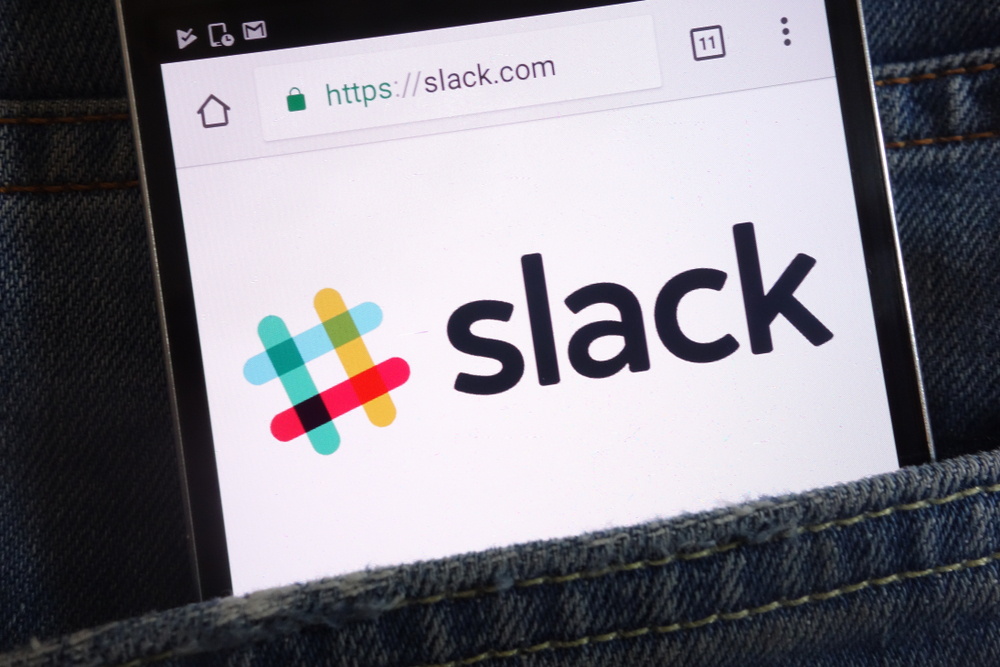By Aron Solomon
Almost everyone knows and, to be honest, hates a Slack. While it’s hailed as something to make our work lives easier, it’s just one more technology tool that keeps us glued to our phones and laptops.
In April, the Supreme Court heard oral arguments in a lawsuit involving Slack, but, sadly, the result isn’t going to keep your phone from buzzing all day.
The case of Slack Technologies v. Pirani concerns the interpretation of Sections 11 and 12(a)(2) of the Securities Act of 1933. Fiyaz Pirani brought a lawsuit against Slack Technologies and its individual directors and officers, alleging that they made false and misleading statements in their registration statement and prospectus. Pirani claimed that these statements caused him to purchase Slack’s shares at an inflated price, resulting in financial losses.
This case came about because companies can now publicly sell stock through a direct listing, which is different from the traditional IPO process.
In a direct listing, existing shareholders can sell their shares without a lock-up period, but some shares may not be registered. Slack used a direct listing to go public in 2019, through which Pirani purchased shares but then sued Slack for allegedly providing inaccurate information in their registration statement.
The main point of contention in this case is whether Pirani must prove that he bought shares registered under the Securities Act of 1933 to bring a claim under Sections 11 and 12(a)(2). Slack argued that the statute only holds liable those who bought registered shares, while Pirani contends that the statute does not require such a showing.
The Ninth Circuit ruled that Pirani had standing to sue Slack and individual directors and officers, even if he did not purchase registered shares. The Supreme Court has granted certiorari in this case to address the circuit split on this issue.
During the oral argument to the Supreme Court, six of the nine Justices (Thomas, Kagan, Sotomayor, Gorsuch, Barrett, and Jackson) mentioned differences between two sections of law, Section 11 and Section 12(a)(2).
Justice Barrett suggested solving the case in a narrow way, while Justice Kavanaugh suggested sending the case back to lower courts to focus on Section 12(a)(2). Kavanaugh also pointed out that there are not many cases or guidelines from the SEC interpreting Section 12(a)(2) compared to Section 11.
While the decision in this case will be determined by how broadly or narrowly the Justices interpret the relevant statutes, as Attorney John Lawlor observed:
“The Court’s decision in Pirani will have significant implications for securities litigation and could impact the ability of investors to bring claims under the Securities Act of 1933.”
As the calendar will, remarkably, turn to June this week, the Supreme Court has days rather than months to issue the decision in Pirani. While many investors justifiably fear that the case will profoundly impact their legal protections, others are waiting to see whether the Supreme Court’s decision will have a broader impact on securities law.
About Aron Solomon
A Pulitzer Prize-nominated writer, Aron Solomon, JD, is the Chief Legal Analyst for Esquire Digital and the Editor-in-Chief for Today’s Esquire. He has taught entrepreneurship at McGill University and the University of Pennsylvania, and was elected to Fastcase 50, recognizing the top 50 legal innovators in the world. Aron has been featured in Forbes, CBS News, CNBC, USA Today, ESPN, TechCrunch, The Hill, BuzzFeed, Fortune, Venture Beat, The Independent, Fortune China, Yahoo!, ABA Journal, Law.com, The Boston Globe, YouTube, NewsBreak, and many other leading publications.



